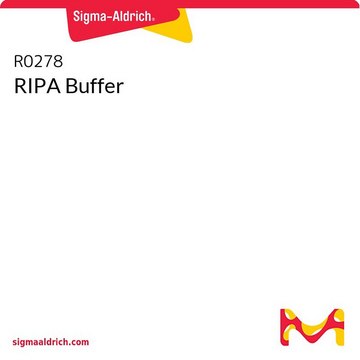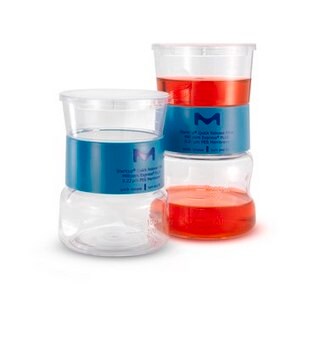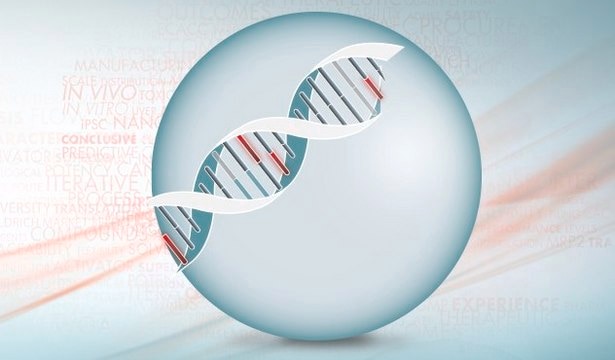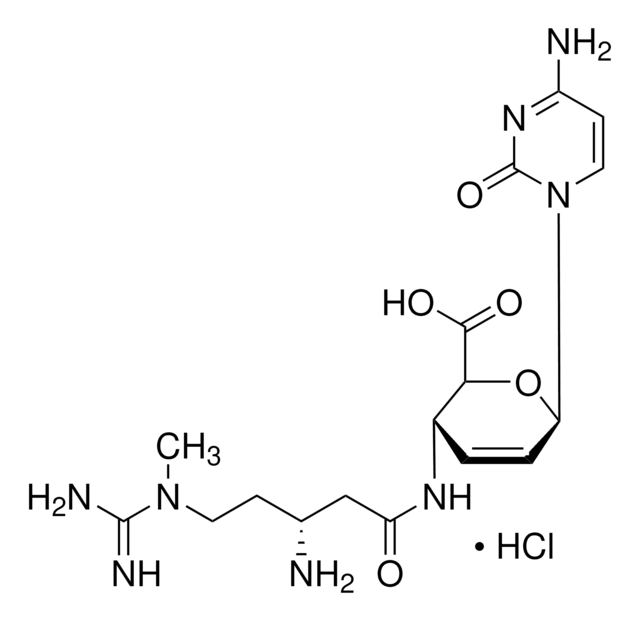MABE1831
Anti-CSB (ERCC6) Antibody, clone ICSB-3H8
clone 1CSB-3H8, from mouse
Sinônimo(s):
DNA excision repair protein ERCC-6, ATP-dependent helicase ERCC6, Cockayne syndrome protein CSB
About This Item
Produtos recomendados
fonte biológica
mouse
forma do anticorpo
purified antibody
tipo de produto de anticorpo
primary antibodies
clone
1CSB-3H8, monoclonal
reatividade de espécies
human
embalagem
antibody small pack of 25 μg
técnica(s)
ChIP: suitable
flow cytometry: suitable
immunocytochemistry: suitable
immunoprecipitation (IP): suitable
western blot: suitable
Isotipo
IgG1κ
nº de adesão NCBI
nº de adesão UniProt
modificação pós-traducional do alvo
unmodified
Informações sobre genes
human ... ERCC6(2074)
Descrição geral
Especificidade
Imunogênio
Aplicação
Immunoprecipitation Analysis: A representative lot immunoprecipitated CSB (ERCC6) in Immunoprecipitation applications (Bradsher, J., et. al. (2002). Mol Cell. 10(4):819-29).
Chromatin Immunoprecipitation (ChIP) Analysis: A representative lot detected CSB (ERCC6) in Chromatin Immunoprecipitation applications (Kristensen, U., et. al. (2013). Proc Natl Acad Sci USA. 110(25):E2261-70; Velez-Cruz, R., et. al. (2012). Proc Natl Acad Sci USA. 110(3):E212-20).
Western Blotting Analysis: A representative lot detected CSB (ERCC6) in Western Blotting applications (Bradsher, J., et. al. (2002). Mol Cell. 10(4):819-29).
Epigenetics & Nuclear Function
Qualidade
Flow Cytometry Analysis: 1 µg of this antibody detected CSB (ERCC6) in one million A431 cells.
Descrição-alvo
forma física
Armazenamento e estabilidade
Outras notas
Exoneração de responsabilidade
Não está encontrando o produto certo?
Experimente o nosso Ferramenta de seleção de produtos.
Certificados de análise (COA)
Busque Certificados de análise (COA) digitando o Número do Lote do produto. Os números de lote e remessa podem ser encontrados no rótulo de um produto após a palavra “Lot” ou “Batch”.
Já possui este produto?
Encontre a documentação dos produtos que você adquiriu recentemente na biblioteca de documentos.
Nossa equipe de cientistas tem experiência em todas as áreas de pesquisa, incluindo Life Sciences, ciência de materiais, síntese química, cromatografia, química analítica e muitas outras.
Entre em contato com a assistência técnica








